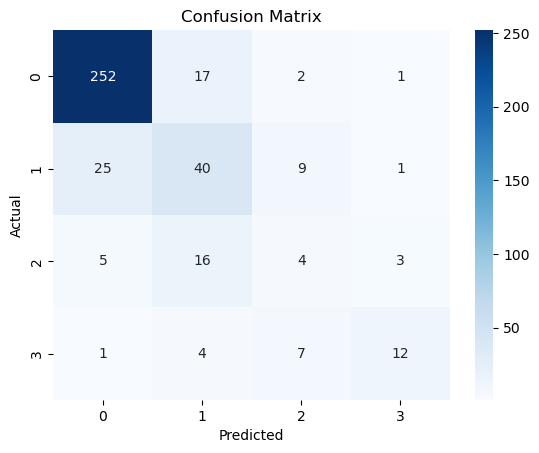- by Jimmy Fisher
- Oct 19, 2024
Odds vs. Probability
- By Jimmy Fisher
- Oct 19, 2024
- in Definitions

AI Summary (LLM: Dolphin 2.9 Llama3, 8B parameter file):
The concepts of "odds" and "probability"
are fundamental in a range of fields from statistical modeling to betting and
finance. Probability is the likelihood of an event occurring and ranges between
0 and 1, while odds compare success to failure. Odds provide a complementary
perspective to probability that's especially useful in gambling and statistical
modeling contexts. Understanding both enables better interpretation of data and
more informed decisions across diverse domains like logistic regression and risk
assessment. The conversion between odds and probability is simple and crucial
for accurate decision-making.
Probability is a measure quantifying how likely an event will occur. It ranges from 0 to 1, where 0 shows impossibility and 1 indicates certainty. To calculate the probability of A occurring, P(A), for any given event (A), we divide the number of favorable outcomes by the total possible outcomes:
- P(A) = [Number of favorable outcomes for event A] / [Total number of possible outcomes]
In contrast, “odds” compare the likelihood of occurrence against non-occurrence. Unlike probability, which is a ratio of successes to total situations, odds represent a ratio of successes to failures. For instance, if an event has 3:1 odds (i.e., “tree to one odds”), it denotes three successful instances for each unsuccessful one. To calculate the odds of event A, O(A), where the event (A) takes place:
- O(A) = [Number of favorable outcomes] / [Number of unfavorable outcomes]
Probability and odds are associated and one can be converted
to the other.
To convert Odds to Probability: Take the odds of event A
(O(A)) and divide it by 1.
To convert Probability to Odds: Divide the probability of
event A (P(A)) by (1-P(A)), the ratio of successes by one
subtracted from itself.
Playing with a calculator can also help to understand the relationship between odds and probabilities in practice.
It is essential to delineate between odds and probability, in part due to manipulations associated with reporting relative risks instead of absolute probability. For example, if there were a 0.0001% probability of dying from some disease without treatment, but a 0.00001% probability of dying without treatment, then:
1. There is a one in a million chance of dying from that disease without treatment, and
2. The odds of dying without treatment are 10 times higher than dying with treatment.
In my experience, within public health contexts it is more
likely for absolute probability to be reported when it is of interest to
minimize perceptions of risk. Similarly, comparative odds ratios reflecting relative
risks tend to be reported more often when experts want the public to be
concerned.
Both probability and odds ratios should be reported in public health studies, because they are both required to inform personal risk-benefit analyses.





